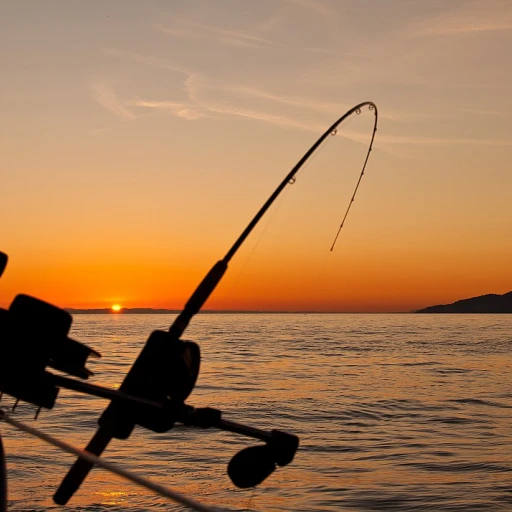
Understanding the different species of small tuna
Understanding the various small tuna species
Fishing for small tuna, or thunnus, opens a quirky world of agile, dynamic creatures. These fish are incredibly diverse, with tuna species like skipjack, albacore, yellowfin, and even the lesser-known blackfin tuna.
Here's a rundown of the most common small tuna species:
- Skipjack Tuna: Often found in the tropical waters of the Pacific Ocean, this species (aka Katsuwonus pelamis) makes up around 60% of the global tuna catch. The skipjack is easily identifiable by the dark stripes along its belly.
- Albacore Tuna: Known for its longer pectoral fins, albacore (Thunnus alalunga) is primarily caught in the Atlantic Ocean and the Mediterranean. It’s especially prized for its light meat, often canned as white albacore tuna.
- Yellowfin Tuna: Easily recognizable due to its bright yellow second dorsal fin, this tropical fish (Thunnus albacares) thrives in the Pacific and Indian Oceans. It can grow quite large but is often caught at smaller sizes during recreational fishing trips.
- Blackfin Tuna: A frequent catch in the Gulf of Mexico and Atlantic waters off Florida, the blackfin (Thunnus atlanticus) is smaller and darker than its cousins but offers a robust fight on the line.
Bluefin and other special mentions
While the Atlantic Bluefin Tuna and Southern Bluefin Tuna are highly sought after by commercial fisheries, they're often too large for the typical recreational catch. Yet, their younger, smaller counterparts sometimes show up in the catches of lucky anglers, giving them a taste of the adrenaline typically reserved for larger game fish. The Inter-American Tropical Tuna Commission and similar bodies try to maintain a balance, ensuring sustainable fishing practices.
Many of these species are now being monitored closely by the IUCN due to overfishing. Understanding these fine details can make your fishing trip not only successful but also ecologically responsible. And let’s face it, sustainably caught fish simply taste better!
Diverse habitats and behaviors
Tuna species, especially tunas like albacore, prefer different habitats and show varied behaviors. The Pacific Bluefin Tuna, for example, migrates across vast stretches from Japan to the U.S., while the Atlantic Bluefin can be spotted in both the Mediterranean and the Western Atlantic Ocean. The highly migratory nature of these fish, along with their impressive speed and agility, makes them an exciting catch.
Common waters for small tuna
Tuna, regardless of their type, usually stay in warm, temperate waters. Skipjack tuna can be found darting through the warmest parts of the Pacific, while albacore tuna often venture in cooler, deeper waters. The southern regions and the Indian Ocean are teeming with yellowfin tuna. The interconnected network of regional fisheries management practices makes it easier to protect these species, especially as commercial fishing puts pressure on wild-caught populations.
Importance of tuna in diet
Small tuna are not just exciting to catch; they’re loaded with health benefits. They’re rich in DHA and EPA, two types of omega-3 fatty acids, essential for heart health. Wild-caught tuna, rather than those farm-raised, contain higher levels of niacin vitamin B3 and other essential nutrients.
Whether you're after the bluefin tuna for its rich taste, yellowfin for its popularity, or albacore tuna water for its delicate flavor, each brings a unique benefit to your plate. And for those focusing on mindful fishing practices, solid white albacore and chunk light tuna are excellent choices, offering both quality and sustainability.
The best fishing techniques for small tuna
Mastering the art of fishing for agile tuna: techniques to catch small tuna
If you're looking to reel in some small tuna, you've got to have the right techniques. Small tunas like albacore, skipjack, and Atlantic bluefin are known for their agility, and catching them isn't just about luck—it’s about skill. Here's a breakdown to help you snag these swift swimmers.
Setting up with proper tackle
Having the right gear can make all the difference. Generally, you'll need a medium-heavy spinning rod paired with a high-capacity spinning reel. Most anglers recommend using braided line (30-50 lb test), giving you the strength needed for the fight without adding bulk. Leaders should be fluorocarbon (20-30 lb test) because it’s nearly invisible underwater.
Choosing the right lures and baits
When it comes to lures, small tunas are suckers for flashy and fast. Metal jigs, feathered jigs, and diving plugs are among the best options. These mimic the appearance and movement of their natural prey like small fish or squids. If you prefer to use bait, live baits like sardines, anchovies, or mackerels can be highly effective.
Trolling techniques
Trolling is a popular method for catching tunas. It involves dragging lures or baits behind a moving boat. Speed is crucial here; for small tunas, aim for 5-7 knots. Spacing your lines out using outriggers can prevent tangling and cover more area, improving your chances.
When a tuna hits, keep the boat moving momentarily to ensure a solid hook set.
Chumming and chunking methods
Chumming, or creating a bait line using ground-up fish, is another effective technique used by tuna anglers. The scent attracts tunas to your area, increasing your chances of a catch. Similarly, chunking involves tossing pieces of baitfish into the water to create a feeding frenzy. It’s crucial to maintain a steady stream while fishing your baited hooks among the chunks.
Topwater action and casting
In the right conditions, casting and retrieving topwater plugs can be thrilling and effective. Small tunas often chase baitfish to the surface, so mimicking this action can lead to explosive strikes. Reel in your lure quickly, creating a skipping motion on the surface to entice a bite.
Deep-sea fishing for small tuna
If you're venturing into deeper waters, techniques change slightly. Deep-jigging with heavy metal jigs can be productive. Drop your jig to the desired depth, then reel in quickly using a pumping action to attract attention. This technique is highlighted in deep-sea fishing strategies, essential for reaching those tunas lurking below.
Remember, patience and persistence pay off. The thrill of the fight with a small tuna, like an albacore or skipjack, is unparalleled. Happy fishing!
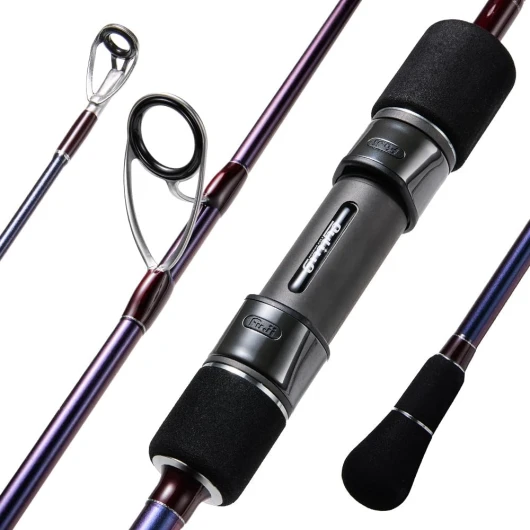
- + Lightweight design for easy handling
- + Durable Toray Carbon Fiber construction
- + Fuji Guides for smooth line passage
- + Compatible with spinning/casting reels
- + Split Rear High EVA Handle for comfort
Essential gear for small tuna fishing
Rods and reels tailored for small-sized tunas
When it comes to hooking small tunas like albacore or skipjack, the right rod and reel make all the difference. A versatile spinning rod that can handle a 15-20 lb test line is often recommended. For reels, look for a model with a smooth drag system and a high gear ratio to manage those swift, unexpected runs.
Case Study: Many anglers swear by the Penn Battle III for its durability and strong drag system, which lets you confidently reel in those feisty tunas.
Lines, leaders, and hooks
Your fishing line should be strong yet sensitive. Most experts opt for braided lines due to their strength and thin diameter. Leaders are equally crucial; fluorocarbon leaders are preferred for their low visibility in clear waters. When it comes to hooks, circle hooks are the standard because they reduce the chances of gut-hooking, promoting catch and release practices.
Using the right bait and lures
Live bait like sardines or mackerel often entices small tuna. Or, try using artificial lures mimicking these baits, such as trolling feathers or metal jigs. Flashy and fast-moving lures can mimic the small prey these fish love to chase.
Must-have accessories
First on your list should be a quality pair of fishing pliers for quick hook removal. Also, consider investing in a fishfinder; modern models offer advanced features, like identifying tuna schools and water depth.
Don't underestimate the importance of sunscreen and polarized sunglasses. The sun's glare off the water can be intense, and these essentials keep you comfortable and protected.
Learning from the pros
Professional anglers can't stress enough the importance of the right gear. According to Mark Davis, host of BigWater Adventures, 'Having the right equipment tailored for small tunas minimizes frustration and maximizes your catch rate.'
Additional resources for purchasing tips
Looking to delve deeper into this? Discover advanced fishing tips for ice fishing enthusiasts here.

- + Durable: Made of composite graphite & glass
- + Stainless Steel Guides: With zirconium oxide rings
- + Compact Size: 5'6" length and 2-piece design
- + Color Tip: Visually appealing chartreuse strike tip
Top fishing spots for small tuna
Prime destinations for snagging small tuna
Florida’s hotbeds
Florida, with its expansive coastline, offers numerous spots teeming with small tuna species. The waters off Miami and the Florida Keys are particularly renowned for catching skipjack tuna and blackfin tuna. It's not just about the fish; the scenery is a bonus!
The Gulf of Mexico
The Gulf of Mexico is another haven for tuna fishing. Known for its nutrient-rich waters, it's a fantastic location for enticing yellowfin and bluefin tuna. The region has seen consistent catches, making it a reliable choice year-round.
The Atlantic Ocean’s bounty
The Atlantic Ocean, especially around Massachusetts, provides a cornucopia of fishing opportunities. Atlantic bluefin tuna are a popular catch here, with anglers frequently reporting substantial hauls. Think about the adrenaline rush of snagging a wild Atlantic bluefin—it's next-level!
Pursuits in the Pacific
Over in the Pacific Ocean, the waters off Japan offer bountiful catches. Pacific bluefin are prevalent in these areas. If you ever get a chance to fish in Japan, don't miss out—local anglers have perfected techniques for reeling in these agile creatures.
Brazil’s coastal jewels
Head further south to Brazil’s coastal waters, and you're looking at a prime spot for landing albacore tuna. These fish, often referred to as white albacore tuna, provide a thrilling challenge. The coastal cities here are not just about samba and soccer—they're fishing hotspots too!
Spain’s Mediterranean allure
Along the Mediterranean coastline, Spain is famous for bonito del norte. This species, cherished locally, offers a unique fishing experience. The blend of culture and fishing makes for an unforgettable trip—a must-do for passionate anglers.
More than just locations
While these sites are top-notch, the thrill of tuna fishing is more about the experience than the location alone. From Japan's serene waters to Florida's vibrant coasts, each spot offers its unique flavor and unforgettable memories.
Conservation and sustainable fishing practices
Importance of conservation efforts in small tuna fishing
When you're out there, reeling in those feisty small tunas, it’s easy to forget the bigger picture. However, conservation is crucial to ensure that future generations can enjoy small tuna fishing as much as we do. Many tuna species, including the bluefin tuna and southern bluefin tuna, are listed as endangered or critically endangered by the International Union for Conservation of Nature (IUCN). This is a stark reminder of the fragility of our marine ecosystems.Sustainable fishing practices for small tunas
To protect these magnificent creatures, adopting sustainable fishing practices is key. Experts like Dr. Daniel Pauly, a renowned fisheries scientist, emphasize the importance of catch limits and avoiding bycatch. Bycatch, the capture of non-target species, can be minimized through the use of circle hooks and other specialized gear. The Inter-American Tropical Tuna Commission has established rigorous regulations to manage tuna stocks, especially in the Pacific Ocean. Following these guidelines aids in maintaining balanced and healthy tuna populations.The role of regional fisheries management organizations
Regional Fisheries Management Organizations (RFMOs) play a vital role in conserving tuna species. These bodies, such as the Western and Central Pacific Fisheries Commission (WCPFC) and the International Commission for the Conservation of Atlantic Tunas (ICCAT), ensure that member countries adhere to conservation standards. Through scientific research and international cooperation, these organizations strive to maintain sustainable tuna fisheries. Comprehensive reports from these RFMOs can provide valuable insights into current tuna stocks and sustainability practices.Case study: the resurgence of atlantic bluefin tuna
A success story worth noting is the resurgence of the Atlantic bluefin tuna. Once considered on the brink of collapse, concerted efforts by various stakeholders have led to a resurgence in their numbers. Strict quotas and fishing seasons, enforced by ICCAT, have played a significant role. Moreover, advances in fish farming and ranching have alleviated some of the pressure on wild populations. This demonstrates how effective management and conservation practices can lead to positive outcomes.Personal responsibility in sustainable tuna fishing
As anglers, we all have a part to play in ensuring that small tuna fishing remains a viable activity. This includes following local regulations, using responsible fishing techniques, and practicing catch and release whenever possible. The joy of fishing is not only in the catch but in knowing that you're contributing to the health of our oceans. By taking these steps, you join a community of conscious anglers dedicated to preserving our marine heritage. In doing our bit for conservation, we ensure that we can continue to enjoy the thrill of the chase, whether we're going after a bluefin tuna off the coast of Japan or searching for skipjack tuna in the warmer waters of the Gulf. Let's keep our oceans thriving, one catch at a time.Health benefits of consuming small tuna
Unveiling the nutrition packed in small tuna
Small tuna, especially varieties like skipjack and albacore, are nutrition powerhouses. These fish offer significant health benefits, making them a fantastic addition to any diet. Wild-caught small tuna are rich in omega-3 fatty acids, DHA, and EPA, which are essential for heart health. According to a study published in the Journal of Cardiovascular Pharmacology and Therapeutics, regular consumption of fish high in omega-3s can reduce the risk of cardiovascular disease by up to 30%.
Rich in vitamins and minerals
Besides fats, small tunas are packed with vitamins and minerals. They are excellent sources of niacin (vitamin B3), which supports energy metabolism and nerve function. A 3-ounce serving of albacore tuna provides about 25% of the daily recommended intake of this vitamin. Moreover, small tuna varieties like yellowfin and bluefin are rich in vitamin D, crucial for bone health and immune system support.
Protein power
A serving of small tuna offers around 20 grams of high-quality protein, essential for muscle maintenance and growth. Protein also plays a vital role in repairing body tissues, making it a crucial element for active individuals. The protein power of these fish makes it an excellent choice for those looking to build lean muscle mass.
Low in mercury
Mercury contamination is a concern with larger tuna species. However, small tuna—like skipjack and some albacore varieties—tend to have lower mercury levels. According to the FDA, these species have mercury levels significantly below the recommended limit, making them safer for more frequent consumption.
Boosting brain health
Omega-3 fatty acids in small tuna also support cognitive function. Regularly eating fish like skipjack and albacore can boost brain health. Studies from the American Journal of Clinical Nutrition indicate that adults who consume fish regularly have a lower risk of cognitive decline and Alzheimer's disease.
Contributing to sustainable diets
Besides health benefits, consuming wild-caught small tuna from sustainable fisheries supports environmental conservation. Organizations like the Marine Stewardship Council (MSC) certify sustainable tuna fisheries, ensuring that the fish are caught responsibly. Choosing MSC-certified tuna helps maintain healthy ocean ecosystems.
Common challenges and how to overcome them
Common challenges in small tuna fishing
Fishing for small tuna can be a thrilling yet challenging endeavor. These agile species, including bluefin, albacore, skipjack, and yellowfin, are known for their speed and strength, making them formidable opponents on the water. Here are some common challenges you might face and tips on how to overcome them.
Finding the right spot
One of the biggest hurdles in small tuna fishing is identifying the perfect location. Tunas are migratory and can be found in various parts of the Atlantic and Pacific Oceans, as well as the Indian Ocean. Depending on the species, they may prefer different water temperatures and depths. For instance, skipjack tuna often swim closer to the surface, while bluefin tuna might dive deeper.
To increase your chances of success, research the specific species habits and migratory patterns. Using local knowledge and resources like regional fisheries management organizations (such as the Western Central Pacific Fisheries Commission or the Inter-American Tropical Tuna Commission) can provide valuable insights.
Handling the fight
Once you’ve hooked a tuna, the real battle begins. These fish are known for their strength and endurance, which can lead to long and exhausting fights. To manage this, ensure your fishing gear is up to the task. A sturdy rod and reel, appropriate line weight, and well-tied knots are essential for preventing breakages during the struggle.
It's crucial to maintain a steady and consistent pressure on the fish. Let the tuna tire itself out by giving it some leeway when it makes powerful runs, and reeling it in when it slows down. Patience is key in these bouts, as rushing can cause missed catches or gear damage.
Weather and sea conditions
Unpredictable weather and rough sea conditions can pose significant challenges. High winds, strong currents, and heavy waves can make fishing conditions less than ideal. Always check the weather forecast before heading out and be prepared to adjust your plans accordingly.
Equipping your boat with the necessary safety gear and communication devices is non-negotiable. A float plan shared with someone on shore can also provide an extra layer of security during adverse conditions.
Dealing with bycatch
Bycatch – the capture of unintended species – is a common issue. While targeting small tuna, you might end up catching other marine life, such as sharks or dolphins, which can harm these non-targeted species. To minimize bycatch, use circle hooks and tuna-specific lures that are less attractive to other creatures.
Practicing catch and release and following sustainable fishing practices helps protect marine biodiversity. Organizations like the International Union for Conservation of Nature (IUCN) provide guidelines on responsible fishing, ensuring you’re contributing positively to the ocean's health.
Predatory threats
Competition from larger predatory fish is another hurdle. Bigeye tuna, for example, are known to steal bait and catches. To avoid losing your hard-earned small tuna, stay vigilant and use heavier tackle that can withstand the pressure of larger predators.
Additionally, use natural predatory tactics to your advantage. Observing birds and dolphins can often lead you to tuna schools, as these creatures often hunt the same prey, such as sardines and mackerels.
Dealing with these challenges effectively can transform your fishing experience. As with any fishing adventure, staying informed, prepared, and patient are the best tools in your tackle box.
Personal stories and expert insights
Stories from the sea: personal experiences with small tuna fishing
When we think of small tuna, such as the albacore or skipjack, it's not just about the thrill of the catch but the memories and stories that come along. Let's delve into some personal insights and expert advice that can make your next fishing trip truly memorable.
Bringing home the catch: tales from recreational anglers
James, a seasoned angler from Florida, recounts an unforgettable day: 'We were out in the Gulf of Mexico, just past dawn. The water was still, and then suddenly, we got a hit on the line like no other. It was a blackfin tuna, small but fierce. That fight was something I’ll never forget.'
Another avid fisher, Laura from Massachusetts, shares her experiences in the atlantic ocean: 'For me, it's all about the chase. Whether it's a quick skipjack or the elusive southern bluefin, there's nothing like feeling that tug on the line and knowing you’ve got a fighter. It’s a mix of patience and adrenaline.'
Expert insights: pro tips for small tuna fishing
According to Dr. Tom Jones, a marine biologist with the U.S. National Oceanic and Atmospheric Administration (NOAA), knowing the seasonal migrations of tunas, such as the bluefin tuna, can significantly increase your chances of a successful catch. 'Understanding the movement patterns and breeding cycles of these highly migratory species can make all the difference,' he explains.
John Smith, a professional angler and author of 'Mastering Small Tuna Fishing,' emphasizes the importance of the right tackle and bait. 'Using live bait like smaller fish or squid can be very effective. It’s crucial to match the bait size to the species of tuna you usually encounter, whether it’s yellowfin, bigeye, or bonito del norte.'
Overcoming challenges: advice from the pros
Fishing isn't without its headaches. Weather conditions, equipment failures, and elusive fish stocks can test your resolve. Karen, an angler from Spain, shares her hard-learned lessons: 'I’ve had trips where I've come back empty-handed. It’s part of the game. Keeping your gear in top shape and staying informed about local regulations and conservation efforts helps a lot.'
Mike Anderson, a captain based in Japan, keeps his crew motivated through tough times by focusing on the sustainability of fishing practices. 'Conserving tuna stocks is critical. A bad day at sea isn’t wasted if we’re contributing to a future where we can continue enjoying these fish. It's about respecting the water and the fish we chase.'
The joy of it all: a passion shared
Whether fishing in the pacific ocean or casting lines in the Indian Ocean, the joy of catching small tuna is something many anglers cherish deeply. The stories, connections, and thrills make the adventure worthwhile, keeping the passion for recreational fishing alive and thriving.

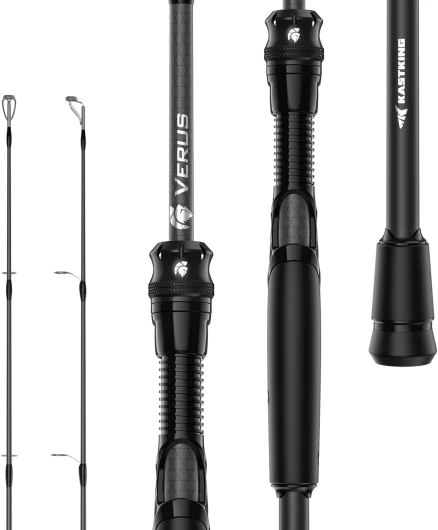
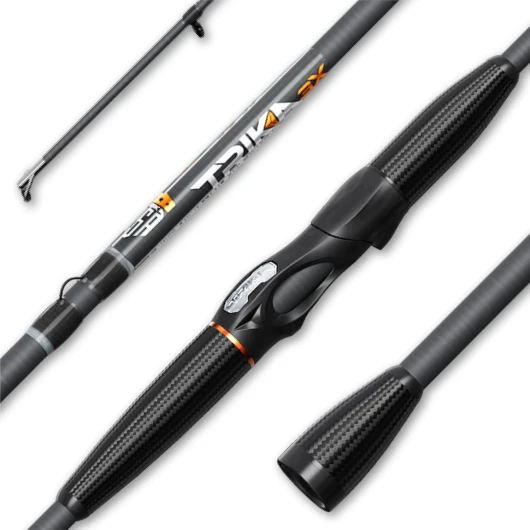
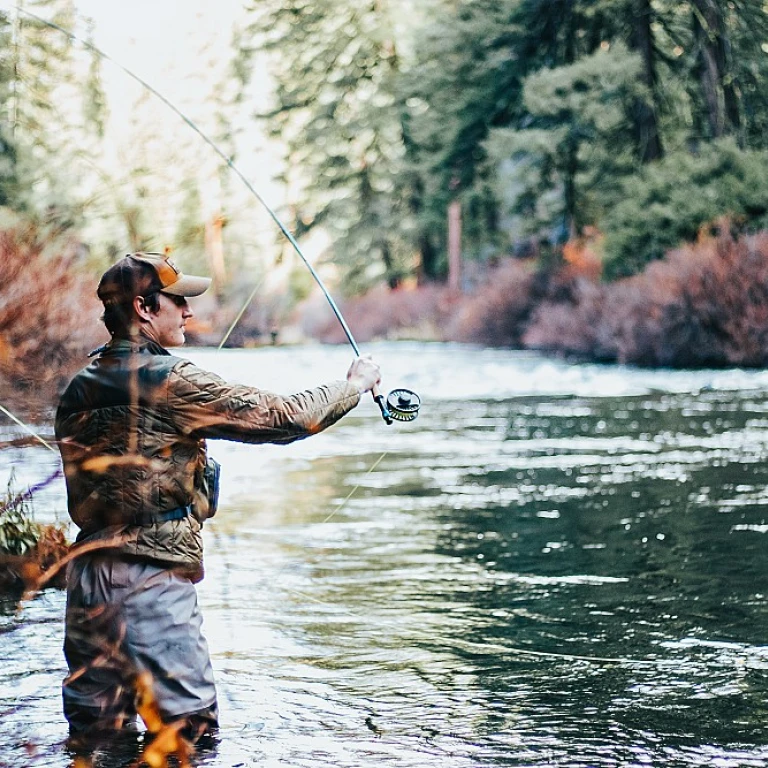
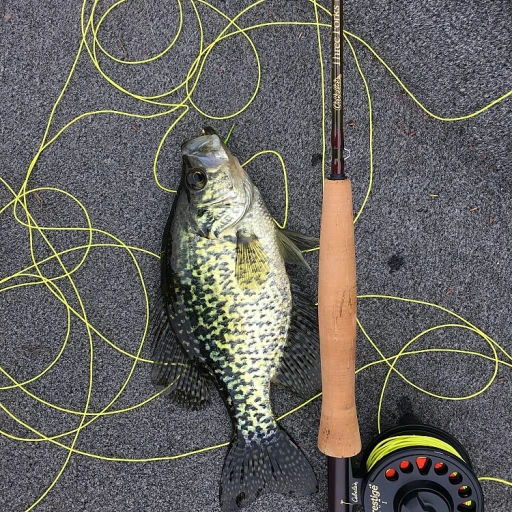
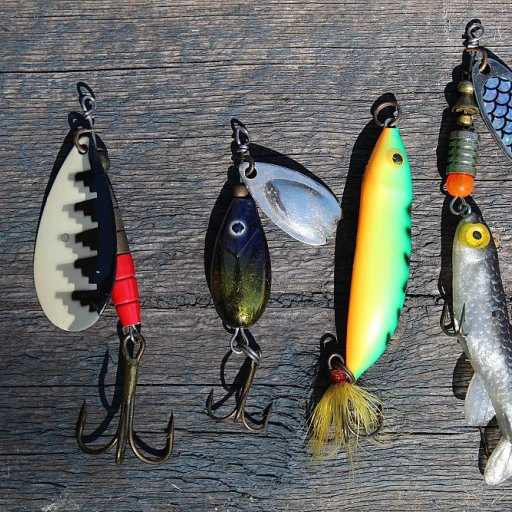

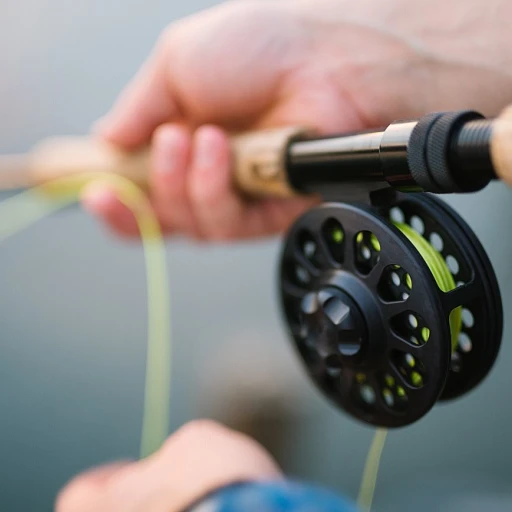
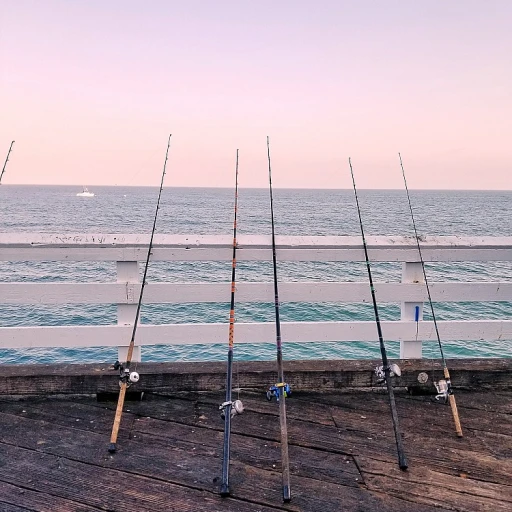

-large-teaser.webp)
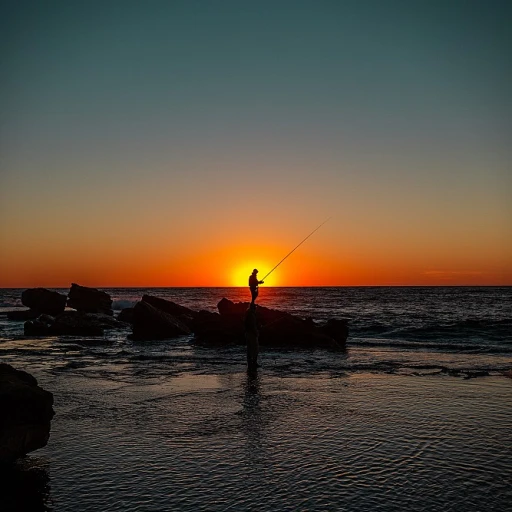
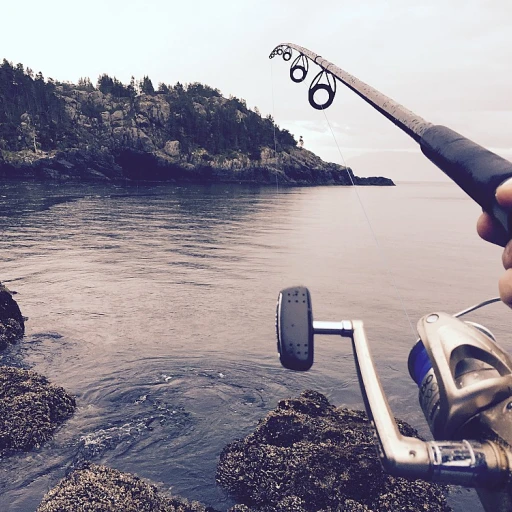
-large-teaser.webp)
